Which one will win out in a small truck comparison of Maverick vs. Santa Cruz? We've done the analysis to find out.
How much will they cost?
Ford intriguingly says the Maverick will have a starting price under $20,000 (more accurately, $19,995). However, that price doesn't include a destination fee of $1,495. So, the base XL trim officially comes in at $21,490. That's still a very impressive number considering what the Maverick is offering (more on that later).
The base Maverick skimps a little bit on options, so it's likely that you'll want to upgrade to the XLT or Lariat trim. Start adding options such as the 4K towing package, the upgraded engine or the FX4 Off-Road package and you'll find yourself building out a $40,000 Maverick. Thankfully, there are lots of options in between those two price points and there should be plenty to choose from for most buyers.
But when it comes to the Hyundai pickup truck (which Hyundai is specifically calling a sport activity vehicle, or SAV), we don't know nearly as much. Hyundai hasn't released any official pricing details yet, so we're left to speculate. Based on the quality of the Santa Cruz's interior, the available engine offerings and the near-midsize truck capability, we expect prices to fall somewhere between $27,000 and $40,000 depending on equipment levels.
Ford Maverick vs. Hyundai Santa Cruz on price? So far, the Maverick is winning this one, but the Santa Cruz feels like it's targeting a different audience. Larger touchscreens and a nicer interior vibe lead us to believe it'll be priced higher at base levels than the Ford, but it should be worth the cost of entry.
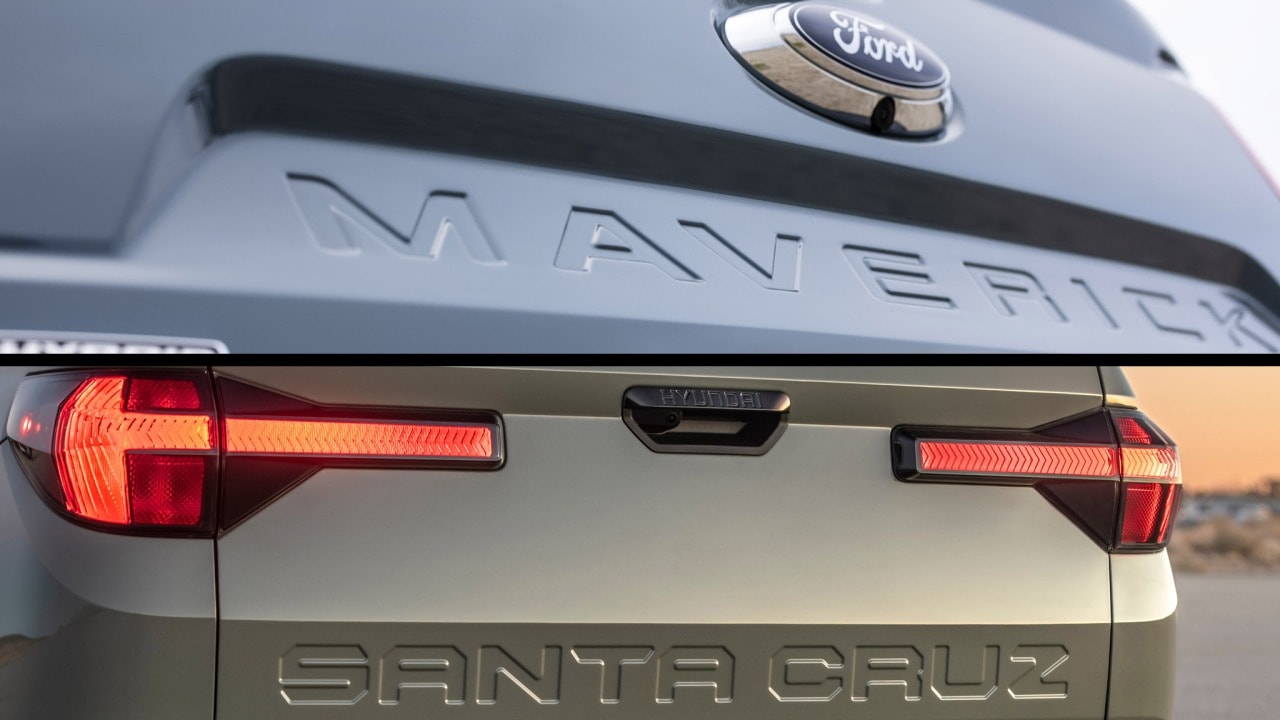




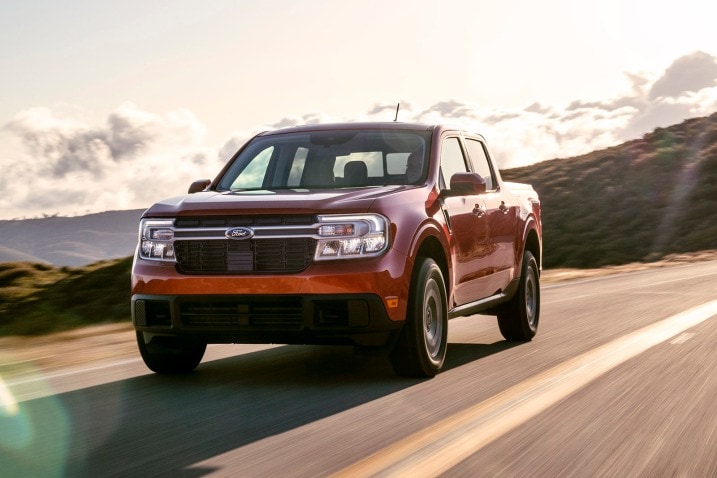
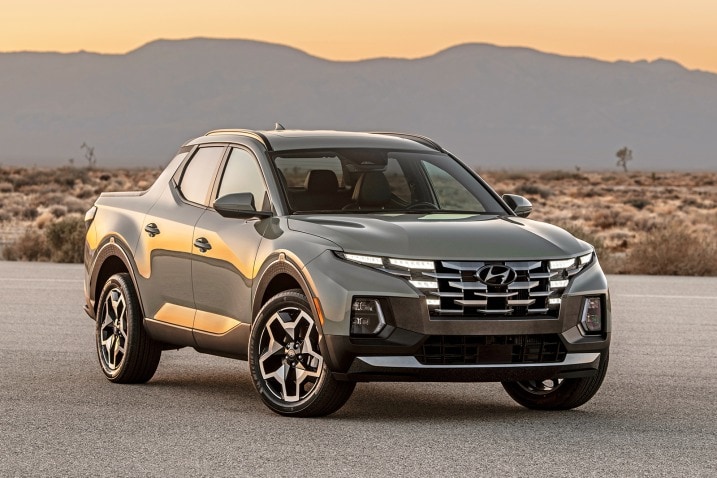
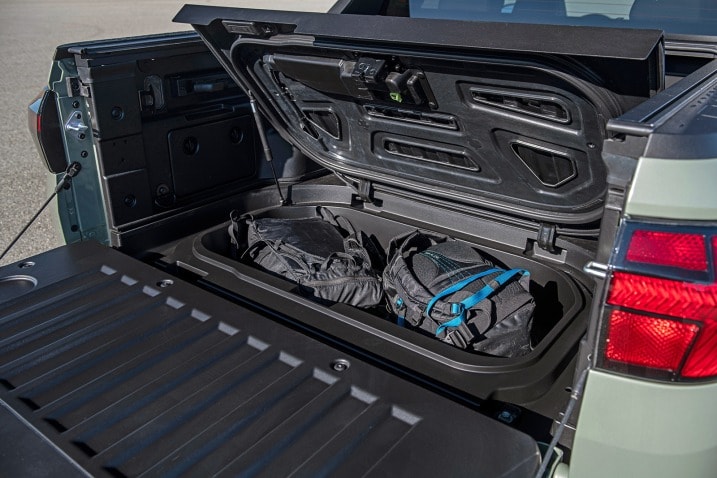


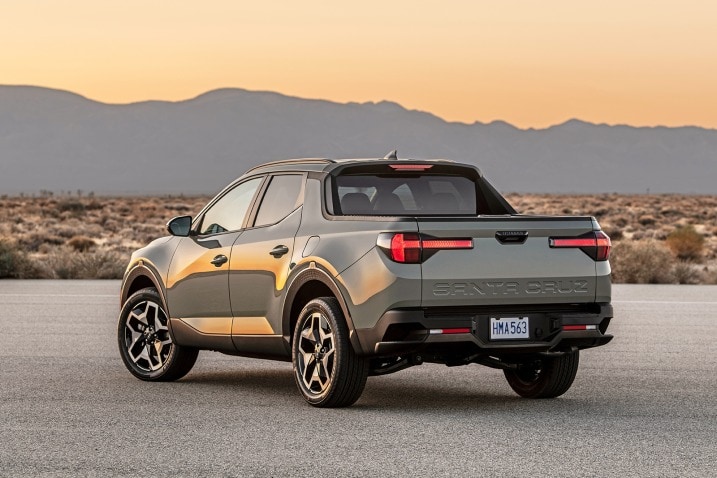
 by
by